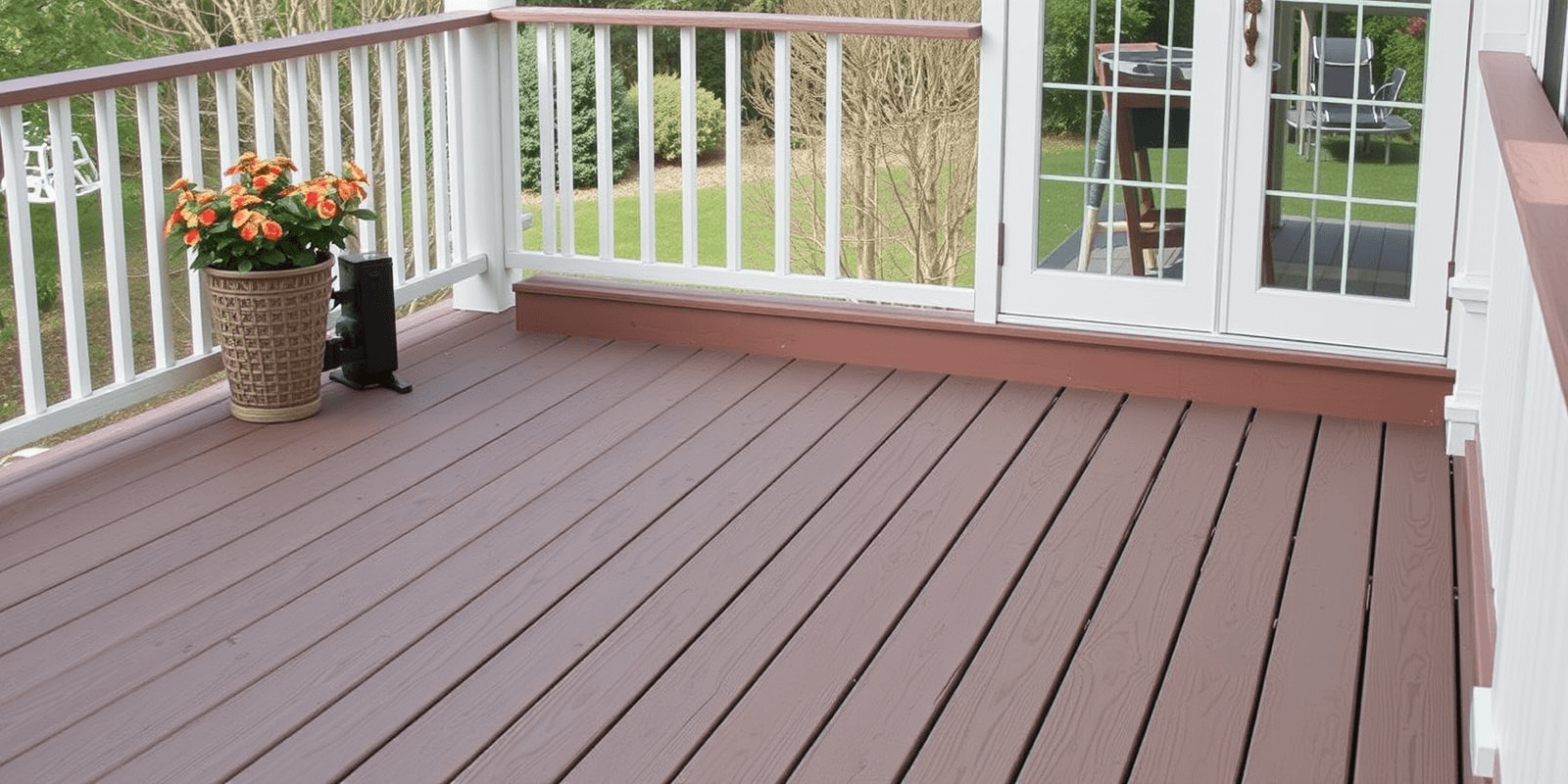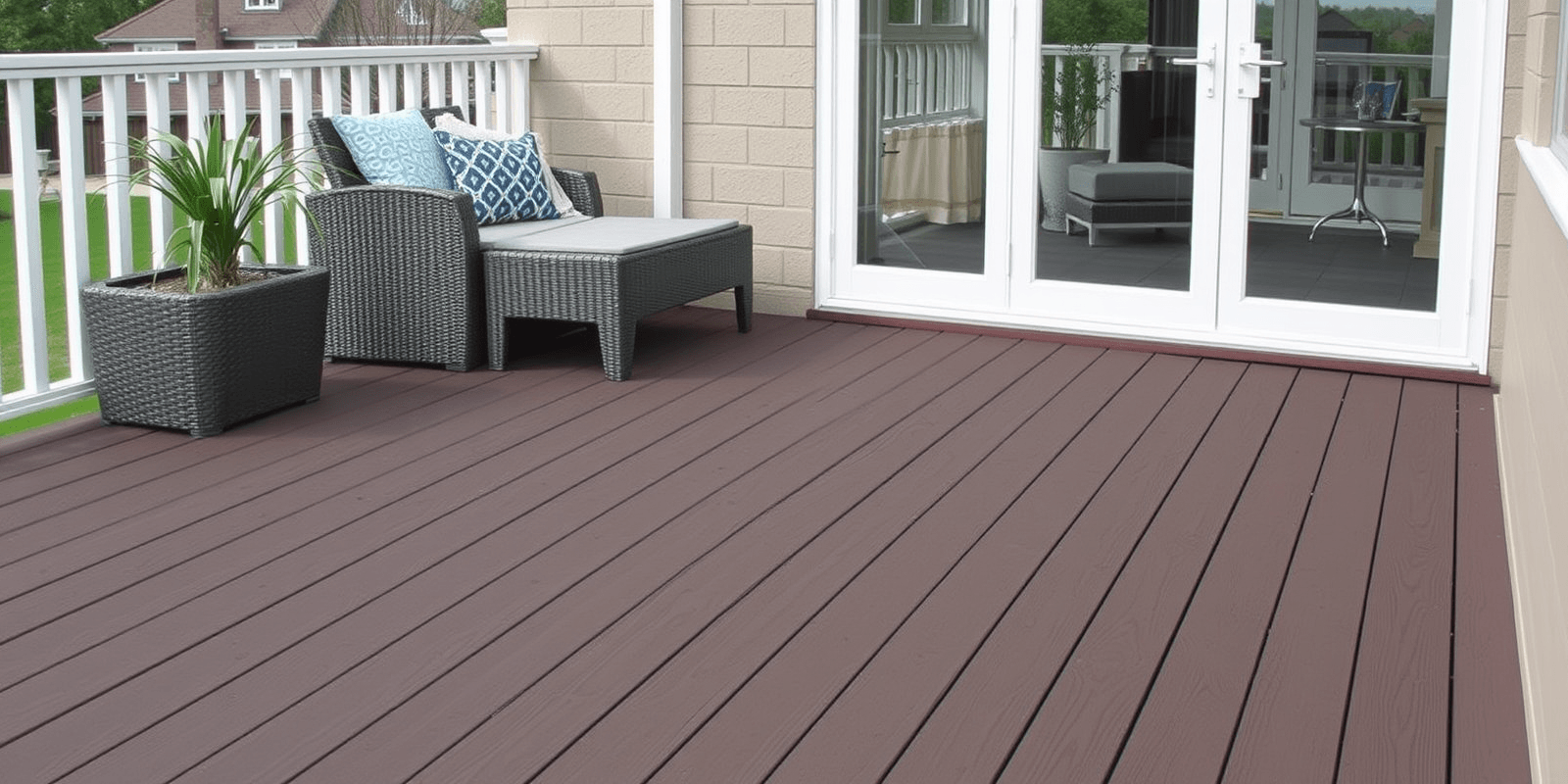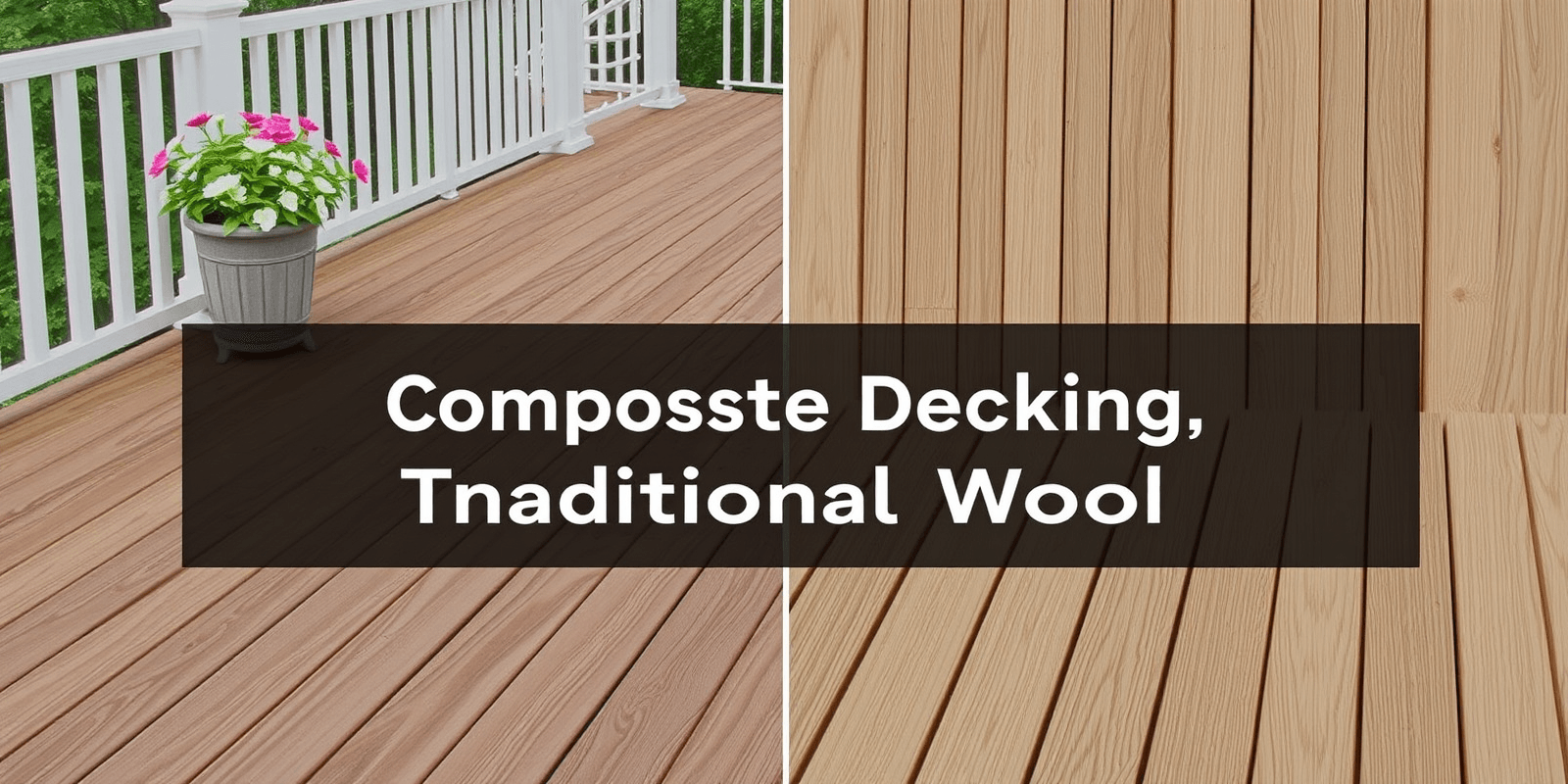“`html
Wrapped Composite Decking vs. Traditional Wood: A Comprehensive Comparison
Introduction
When it comes to choosing the right material for your deck, both wrapped composite decking and traditional wood are popular options. Each has its own set of advantages and disadvantages, particularly when considering environmental impact, cost-effectiveness, and long-term benefits. This article aims to provide a comprehensive comparison to help you make an informed decision.
Environmental Impact
Wrapped Composite Decking
Wrapped composite decking is made from a combination of recycled plastic and wood fibers, which makes it a more environmentally friendly option compared to traditional wood. The use of recycled materials reduces the demand for new timber, thereby conserving forests. Additionally, composites do not require regular treatment with chemicals that can harm the environment.
Traditional Wood
Traditional wood decking requires harvesting trees, which can lead to deforestation if not managed sustainably. However, using responsibly sourced wood from certified forests can mitigate this issue. Furthermore, wood is biodegradable, which means it does not contribute to landfill waste at the end of its life cycle.
Cost-Effectiveness
Wrapped Composite Decking
While the upfront cost of wrapped composite decking is generally higher than traditional wood, the long-term savings can be significant. Composites require minimal maintenance, such as occasional cleaning, which reduces labor costs over time. Moreover, they do not need repainting or resealing, which are common requirements for wood decks.
Traditional Wood
Traditional wood is initially less expensive but demands ongoing maintenance. Regular sealing, staining, and repairs can add up, making the overall cost comparable to or even higher than that of composite decking over time. However, the initial investment may be lower, which can be attractive for budget-conscious homeowners.
Long-Term Benefits
Wrapped Composite Decking
Composite decks offer superior durability and resistance to weather elements, insects, and rot. They retain their appearance and structural integrity much longer than wood, reducing the need for frequent replacements or major repairs. This longevity translates into fewer disruptions and a consistently beautiful outdoor space.
Traditional Wood
Wood decks can age gracefully, especially with proper care and maintenance. They can be refinished and repaired multiple times, extending their lifespan. However, they are susceptible to warping, cracking, and insect damage, which can compromise safety and aesthetics over time.
Conclusion
Both wrapped composite decking and traditional wood have their unique strengths and weaknesses. For those prioritizing sustainability and low maintenance, wrapped composite decking is likely the better choice. Conversely, if you’re looking for a more affordable option with a natural aesthetic and don’t mind the upkeep, traditional wood might be more suitable. Ultimately, the best option depends on your specific needs and values.
References
“`



